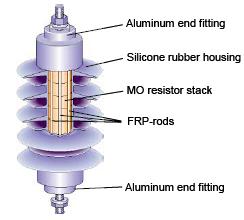- All torques of an induction motor, at a given slip, vary approximately as the square of the voltage applied to its terminals
- Low rotor resistance results in high full load speed (low slip), high efficiency (low rotor losses), and slightly higher starting current.
- High rotor resistance results in high starting torque for line current drawn and slightly lower current during starting, but results in lower full load speed and lower efÞciency (high rotor losses).
- The slip at which maximum torque occurs is proportional to rotor resistance
- Rotor frequency and voltage are proportional to slip. Thus, both are zero at synchronous speed, but increase to a maximum at zero speed (for slip range of 0 to 100%).
- Rotor I2R losses are proportional to slip and are in the rotor winding of a squirrel cage motor. On a wound rotor motor, the secondary losses divide in proportion to the inherent rotor winding resistance and any connected external resistance.
For a pure inertia load (no load torque), the heat energy added to the rotor winding during acceleration (starting) is equal to the kinetic energy of the rotating mass at full speed. The total kinetic energy added to the rotating mass during acceleration to full speed is always the same for a particular value of motor and load inertia regardless of load torque.
The effect of load torque is to increase the heat energy added to the stator and rotor windings during acceleration to full speed due to longer accelerating time. The kinetic energy is added to the rotating mass at a rate determined by the accelerating torque (motor developed torque less load torque), and the heat added to the rotor winding is determined by the rotor current and the accelerating time.
The accelerating time (and the time the high starting current exists) is inversely proportional to the accelerating torque. Under low-voltage starting conditions, the ratio of heat added to the rotor compared to the kinetic energy at full speed is even greater because the accelerating torque is reduced (developed torque varies approximately as the square of the voltage), the load torque is unchanged, and the ratio of accelerating torque to load torque is reduced
